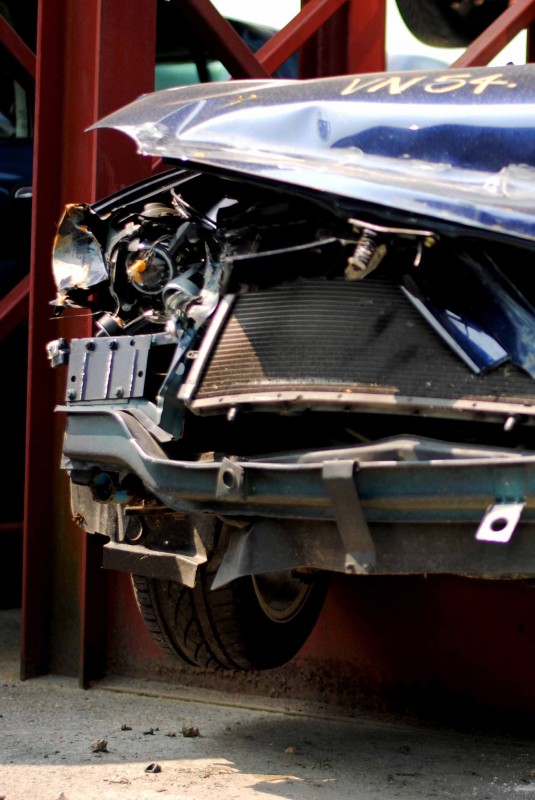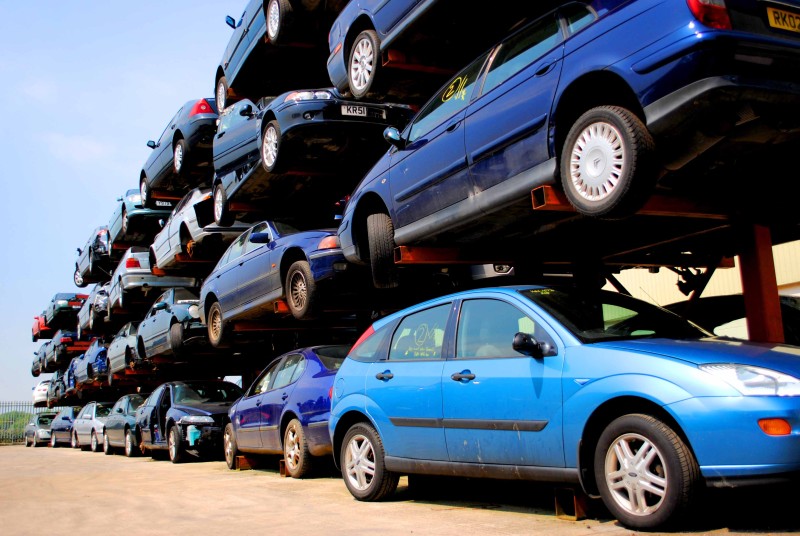What Are Insurance Write-off Categories?
After a crash, you may be told by your insurance company that the vehicle is a ‘write-off’. When a vehicle is described this way, it means that it is either uneconomical to repair, or the damage is too substantial to warrant fixing it.
A classification system is used to describe different types of write-off and if the vehicle can be repaired for further use or not. If you were looking to purchase a second-hand vehicle that has previously been written off the categories will help you know if the vehicle should be bought or sold.

The system for categorising written off vehicles changed in October 2017. The insurance write-off categories are:
- CAT A: Scrap
- CAT B: Break
- CAT S: Structurally damaged, repairable
- CAT N: Non-structurally damaged, repairable
In this article we will go through the new categories and explain the changes in greater detail.
Why do cars get written off?
Getting a vehicle back to a safe condition to drive after a crash can be expensive. It depends on the extent of the damage and the parts needed to repair or replace, but insurance companies must factor all of this in when deciding whether to write off a vehicle, often working to strict guidelines.
Sometimes, even if the damage seems minimal to you, a car is still classed as a write-off. Simple cosmetic damage such as scratches or dents to panels and paintwork can exceed the value of the vehicle. Even without structural damage, in this case it might still be deemed written off.
Of course, cars are also written off because the damage has simply gone beyond repair. Major accidents that have crushed expensive parts will often result in a write-off.
Looking to buy a new vehicle? Check out our Online Auction
What are the write-off categories?
As of October 2017, the categories were revised to:
CAT A
Categorised as Scrap. These vehicles cannot be repaired and must be destroyed, including all parts. Often these vehicles are crushed.
CAT B
Categorised as Break. These vehicles cannot be repaired. The body-shell must be destroyed to stop the vehicle going back on the road. However, parts can be salvaged to use or sell on.
CAT S
Categorised as Structurally Damaged. A Cat S vehicle is considered repairable and can be put back out on the road.
CAT N
Categorised as Non-Structurally Damaged. A Cat N vehicle can be repaired if there has been no structural damage and allowed back on the road.
This information is correct as of 2019, for more information on write-off categories visit gov.uk
Thinking of purchasing a vehicle with a write-off history? Read our Guide to Accident Damage Repairable Cars
Old vs. new categories:
The new write-off categories were introduced to reflect the complex nature of some repairs on vehicles. The new N and S categories replaced old C and D:
CAT C
The damage caused to a Cat C vehicle is going to cost more to repair than the value of the vehicle. Damage from accidents, fire or floods are often Cat C. An insurance company would deem it uneconomical to repair the vehicle.CAT D
A Cat D vehicle has suffered damage that won’t cost more than the car’s worth to repair but other costs involved would still deem it uneconomical. This means that even if the damage is light or cosmetic, transporting the vehicle or labour costs could make it too expensive to repair.
Both Cat C & D vehicles can be driven again after they have been legally repaired and deemed roadworthy.
What does Cat S and Cat N damage mean?
The new categories of S and N make the type of damage a vehicle has sustained clearer – structural or non-structural. C and D only showed the difference in the extent of the damage, not the type.
Buyers looking to purchase vehicles which have been in a major accident will get a clearer picture of the type of damage sustained. As well as the update to the categories, a vehicle’s registration certificate (V5C) will now be marked with an ‘S’ to show the car has been salvaged.
At ASM Auto Recycling, we don’t sell cat ‘A’ or ‘B’ vehicles as repairable salvage – we only sell repairable categories ‘N’ and ‘S’ to our customers.

Insurance write-off category FAQs
Is it difficult to insure written off cars?
Insurance can be harder to get for written off cars, some providers choose not to cover them at all. However, it isn’t impossible, you may simply have to shop around a little more. Be aware that insurance for Cat S and N cars (and old Cat C and D) tends to be more expensive. The history of these vehicles should make them cheaper to purchase but remember you may also struggle to sell a Cat S or N vehicle on too.
What to do if your vehicle is beyond repair?
If your car has been written off as a Cat A or B, your insurance company will usually deal with getting the vehicle scrapped for you, or you can arrange to remove and sell on the parts in a Cat B vehicle before the body is destroyed.
You can apply to take the registration number off the vehicle if you want to keep it. You must tell DVLA your vehicle has been written off or you can be fined £1,000.
If my car is a write-off, can I buy it back?
Sometimes you can buy back your car from your insurer after it has been written off. Let your insurer know you want to do this as soon as possible. It’s a good idea to have a mechanic look at the car first so you know what you’ll be getting. It’s also possible to negotiate with your insurer to get the best possible price for the vehicle.
Read our blog on Buying a Write-Off Car – The Pros and Cons.
At ASM Auto Recycling you can buy vehicles from our online auction or find car parts for almost any vehicle from our online stock. Browse and purchase here.